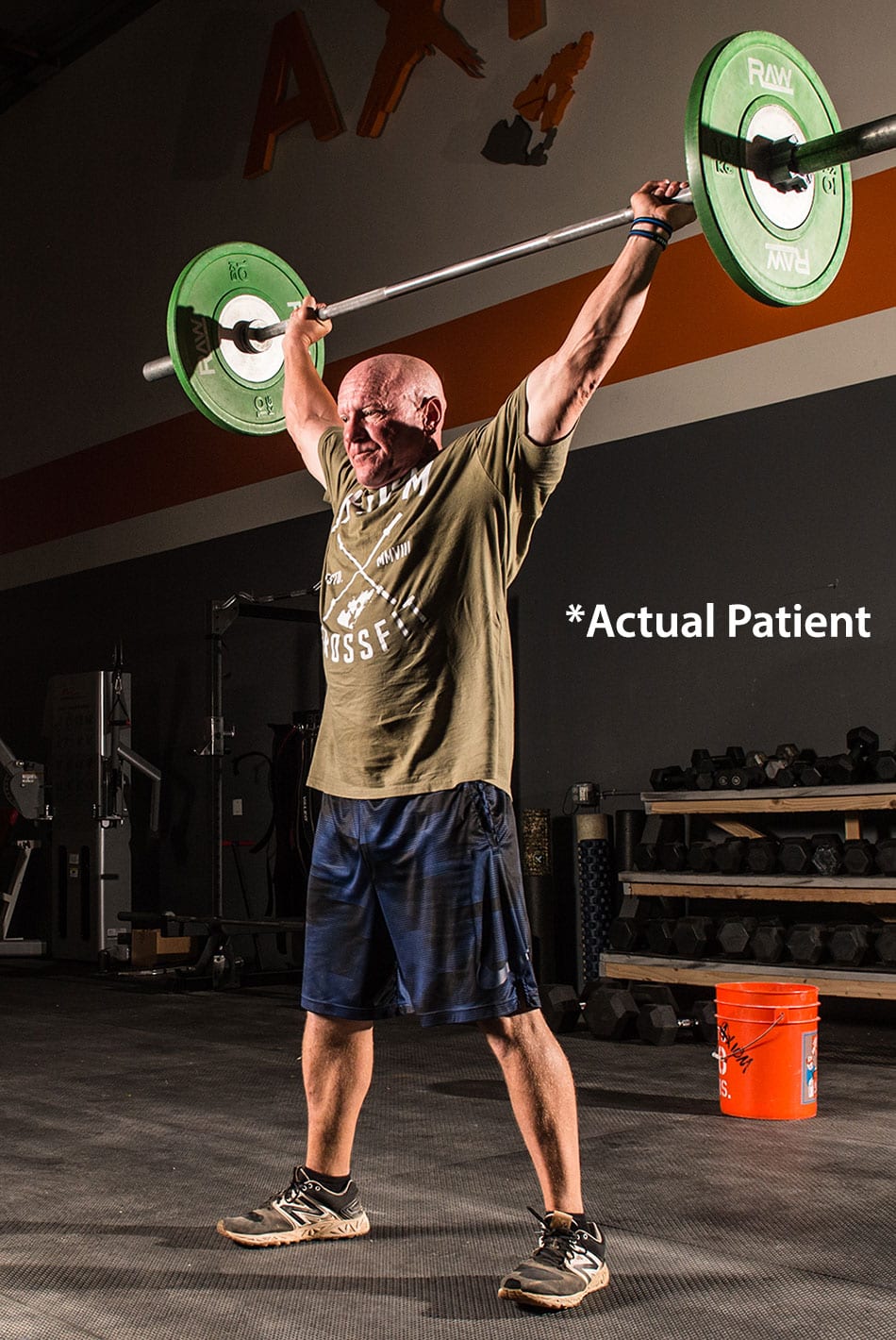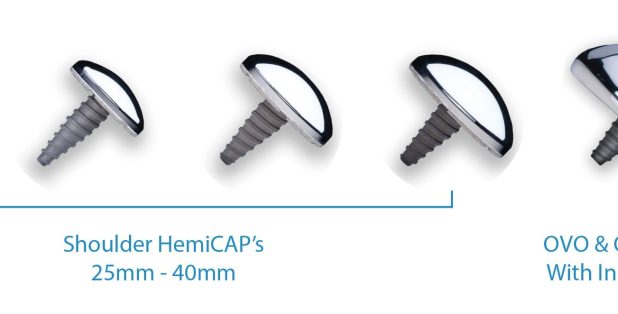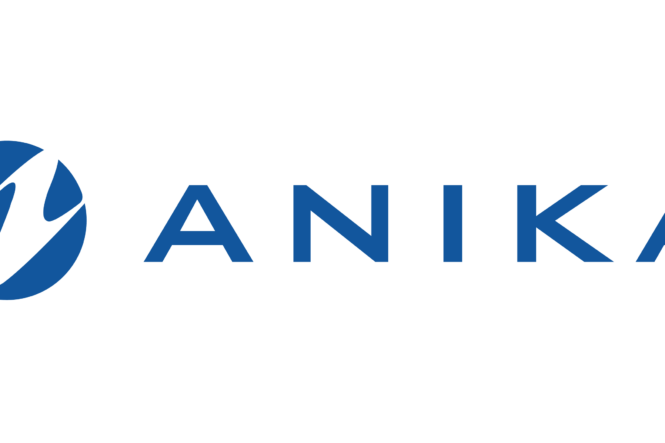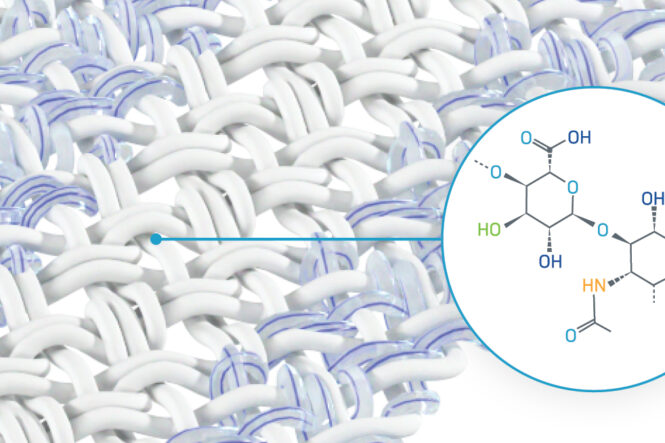In 2001, Steve Ek, the current CEO of Arthrosurface®, began experimenting with the idea that a small implant could replace only the localized, damaged area of the joint, rather than the entire joint. Unlike traditional total joint replacements, he imagined that these implants would be less invasive, anatomically correct, performed on an outpatient basis, and allow patients to resume full activity level following recovery. The different Arthrosurface product lines each contain multiple size options that are brought into the operating room where the surgeon is able to map out the correct curvature and implant size, resulting in a custom fit to the patient.
There are many benefits of less invasive, anatomically correct joint replacements like ours. Shorter hospital stays, reduced recovery time, improved range of motion, reduced pain, and no activity restrictions are just a few. When you undergo a traditional total joint replacement, the anatomy of the joint is completely altered. Your body must learn how to work in a different way because of this. However, the innovative inlay designs of the Arthrosurface implant systems preserve and restore the original anatomy of the joint, thus resulting in reduced recovery time and no activity restrictions. The same cannot be said for most traditional total joint replacements. With the success of the original Knee HemiCAP in the early 2000s, Steve Ek began developing similar concepts for the shoulder, toe, and wrist.

In 2011, ten years and many product lines later, Arthrosurface launched the OVO® Primary Stemless Shoulder System with Inlay Glenoid. This system utilizes the same ideas of restoring original joint anatomy; however, it also tackles additional problems in the surgical shoulder world. Contrary to popular belief, the humeral head is not a perfect sphere1, it is a unique shape. The correct term for the shape of the humeral head is an ovoid, which resembles the shape of an egg. This is a very small, but important distinction. Why? Because if we are trying to keep the native anatomy of the joint intact, a spherical humeral head implant would not be ideal due to the fact that it will alter the biomechanics of the joint. However, replacing it with the only ovoid shaped implant on the market (Arthrosurface’s OVO), with our inlay glenoid, helps avoid overstuffing of the joint, improves range of motion, and reduces pain. Even better, limits to activity levels are essentially non-existent.
Another problem that the OVO System tackles are complications that occur with many stemmed implants. In a stemmed shoulder replacement, a surgeon inserts a stemmed device into the diaphysis of the bone. The OVO System uses a taper post, as opposed to a stemmed device. The taper post secures into dense subchondral bone, which provides strong fixation. This stemless implant system preserves more bone stock and lowers the risk of bone fractures both during and after surgery. A stemless shoulder replacement also significantly reduces operating time, compared to traditional stemmed implants. The ability to remove and revise if necessary is also an option, with no bridges burned.
An additional benefit of the OVO System is the Inlay Glenoid Component, as opposed to an Onlay Glenoid implant. The Arthrosurface Inlay Glenoid implant significantly reduces glenoid loosening due to the elimination of the “Rocking Horse” effect. The change in location of pressure during eccentric loading to a more central area provides better stability to the inlay implant because the pressure is diverted to the native tissue on the glenoid edge, successfully eliminating the Rocking Horse effect. In an independent study, over the course of a 4000-cycle test, there were no detected instances of loosening in the inlay glenoid component. However, the Onlay Glenoid component showed loosening far before the 4000 cycles. The gross loosening for this study occurred at a mean of 1126 cycles2. The table below summarizes the results.
 In April 2018, the OVOMotion™ Shoulder Arthroplasty System with Inlay Glenoid was cleared by the FDA and first implanted in August 2018. The benefits and results of the implant are the same as the OVO System, however, we slightly altered the procedure. To the patient, everything is the same as the OVO. However, surgeons typically find access to the glenoid to be one of the more difficult aspects of a shoulder replacement. The OVOMotion System provides them with an approach that allows them to easily access and visualize the inferior and posterior glenoid border. Michael Gombosh, MD, from South Florida International Orthopaedics commented, “With the new system, the additional 12.5mm of bone removed from the humeral head has truly improved the technical portion of the procedure. This allows for easier visual and manual access of the glenoid. These steps can be the most challenging portion of the operation, and frequently the most time consuming. With improved visualization, you are able to obtain a more accurate assessment of the morphology and wear pattern within the glenoid, but also establish improved access for glenoid preparation and release of the posterior capsule.”
In April 2018, the OVOMotion™ Shoulder Arthroplasty System with Inlay Glenoid was cleared by the FDA and first implanted in August 2018. The benefits and results of the implant are the same as the OVO System, however, we slightly altered the procedure. To the patient, everything is the same as the OVO. However, surgeons typically find access to the glenoid to be one of the more difficult aspects of a shoulder replacement. The OVOMotion System provides them with an approach that allows them to easily access and visualize the inferior and posterior glenoid border. Michael Gombosh, MD, from South Florida International Orthopaedics commented, “With the new system, the additional 12.5mm of bone removed from the humeral head has truly improved the technical portion of the procedure. This allows for easier visual and manual access of the glenoid. These steps can be the most challenging portion of the operation, and frequently the most time consuming. With improved visualization, you are able to obtain a more accurate assessment of the morphology and wear pattern within the glenoid, but also establish improved access for glenoid preparation and release of the posterior capsule.”




